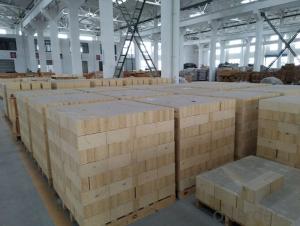Fireclay Insulation Brick With Heavy Duty Fire-resistant
- Loading Port:
- Shanghai
- Payment Terms:
- TT OR LC
- Min Order Qty:
- 10 m.t.
- Supply Capability:
- 2000 m.t./month
- Option:
- 230×114×75 230×114×65 220×110×60 230×114×32
OKorder Service Pledge
OKorder Financial Service
You Might Also Like
Item specifice
Fireclay Insulation Brick With Heavy Duty Fire-resistant
Product Description
Description For Fireclay Insulating Brick:
1. According the shape, it can be divided into standard brick, special-shaped brick.
2. According thecharacteristic, it can be divided into high alumina insulating brick, fire clay insulating brick, Mullite insulating brick, corundum insulating brick, etc.
3. According the application, it can be divided into building materials for blast furnace, Building materials for coke oven, Building materials for steel making furnace and so on.
Characteristics For Fireclay Insulating Brick:
1. Low thermal conductivity.
2. High strength and resistance to corrosion.
3. Low heat capacity.
4. Low shrinkage after heavy firing.
5. High insulation.
6. High refractoriness.
7. Low density.
8. Good thermal shock resistance under high temperature.
9. Thermal insulation energy-saving effect is good.
Characteristics For Fireclay Insulating Brick:
Electric furnace, blast furnace, cement kilns, Industrial furnaces
The Physical And Chemical Indicators:
Item | Clay Insulating Brick | ||||||
B-1 | B-2 | B-3 | B-4 | B-5 | B-6 | B-7
| |
Bulk Density(g/cm3) | ≥ 0.7 | ≥ 0.7
| ≥ 0.75
| ≥ 0.80
| ≥ 0.80
| ≥ 0.90
| ≥ 1.00 |
Cold Crushing Strength Mpa |
≤25
|
≤25
|
≤25
|
≤25
|
≤25
|
≤30
|
≤30
|
Thermal Conductivity (350°C)W/m.K | ≤0.30 | ≤0.35 | ≤0.35 | ≤0.45 | ≤0.50 | ≤0.55 |
≤0.55
|
Reheating Linear Change less than 2.0% °C | 900 | 1000 | 1100 | 1200 | 1300 | 1400 | 1500 |
Common sizes
Straight type | Arch type | Wedge type |
L×W×H (mm) 230×114×65 230×114×75 230×114×32 220×110×60 220×110×50 220×110×40 220×110×30 | L×W×H/h (mm) 230×114×65/55 230×114×65/45 230×114×65/59 220×110×65/50 220×110×75/65 220×110×60/40 | L×W×H/h (mm) 230×114×65/55 230×114×65/45 220×110×75/65 220×110×60/40 |
Other sizes according to customer requirements | ||
Product Details:
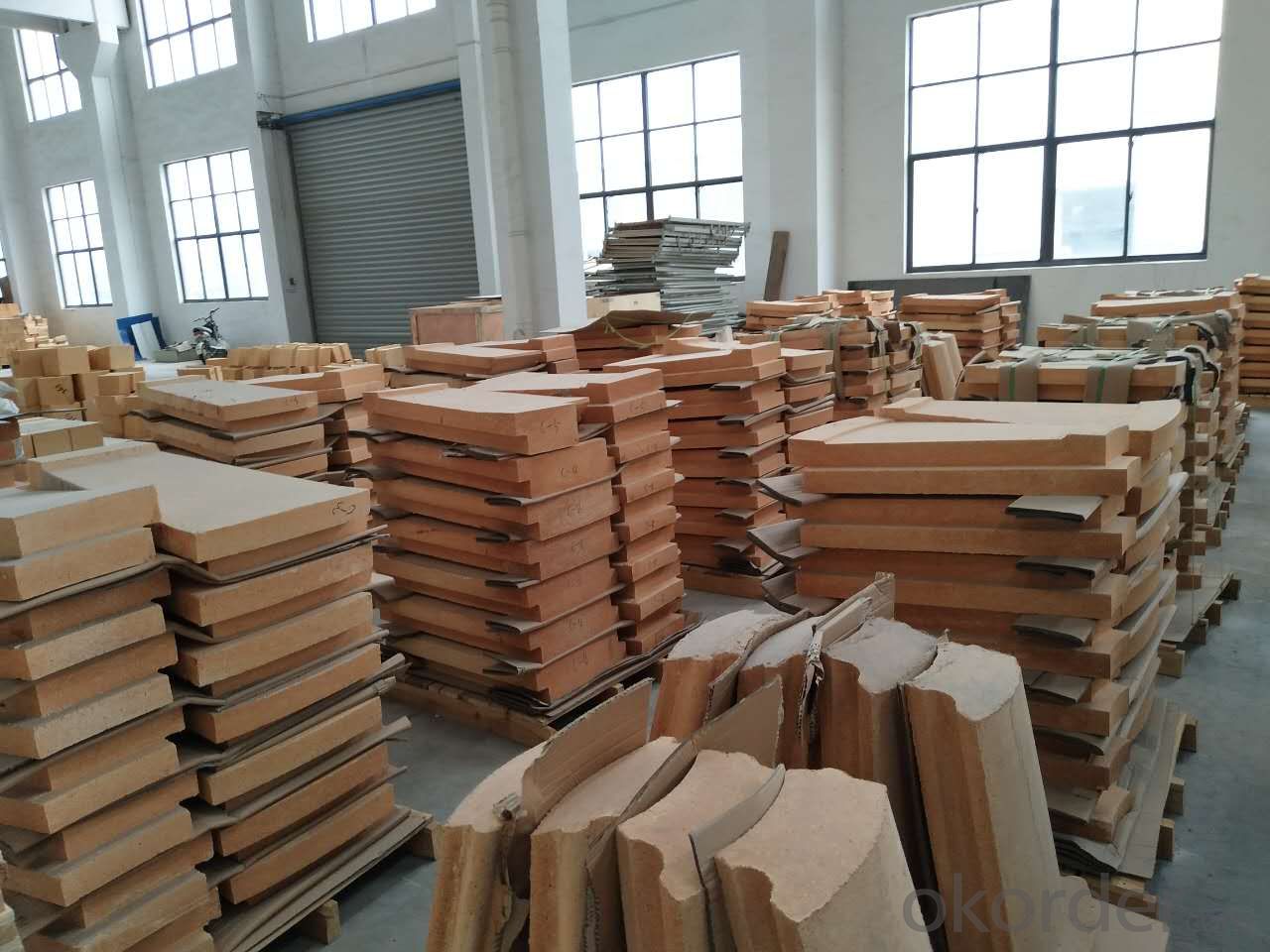
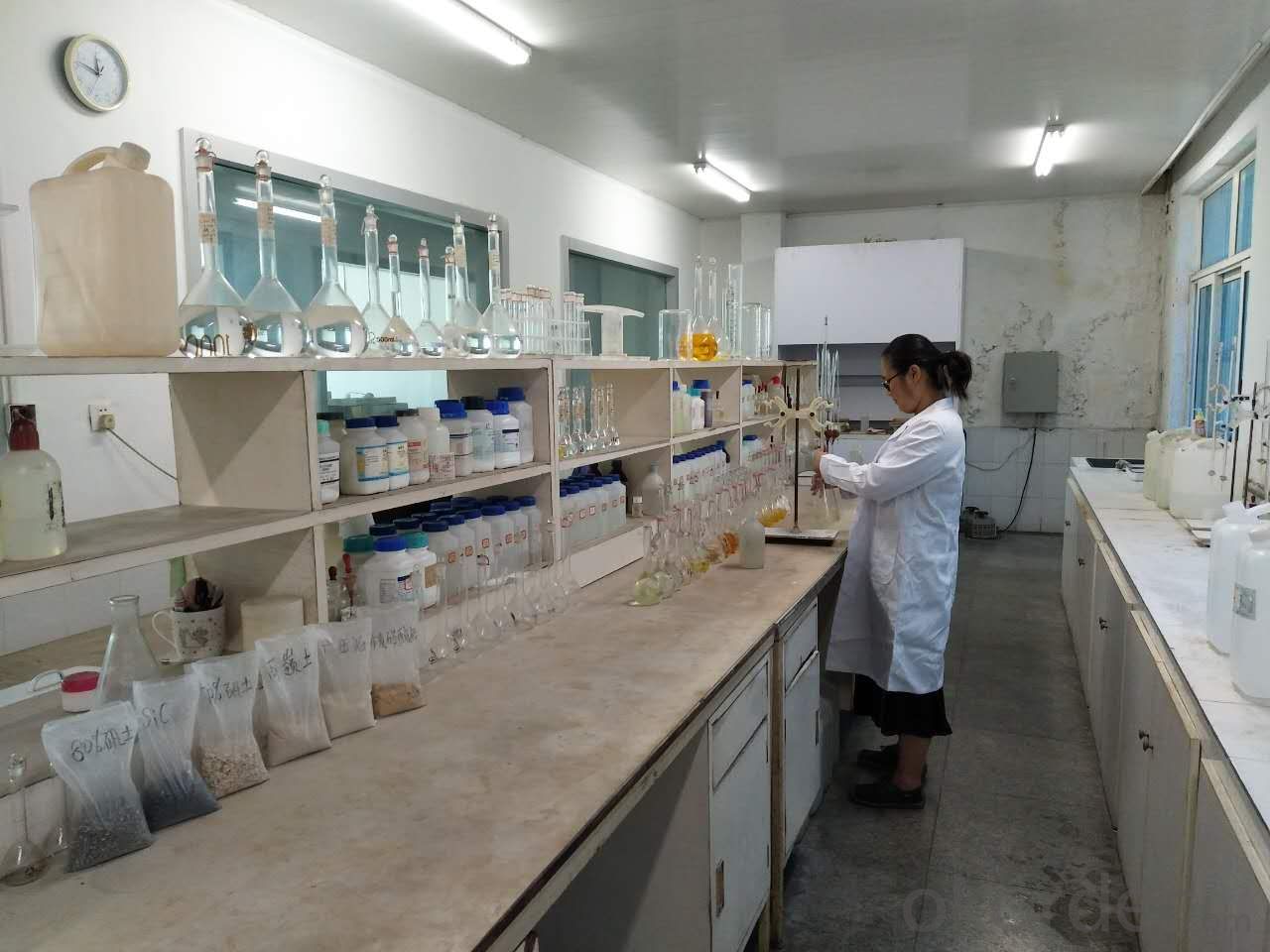
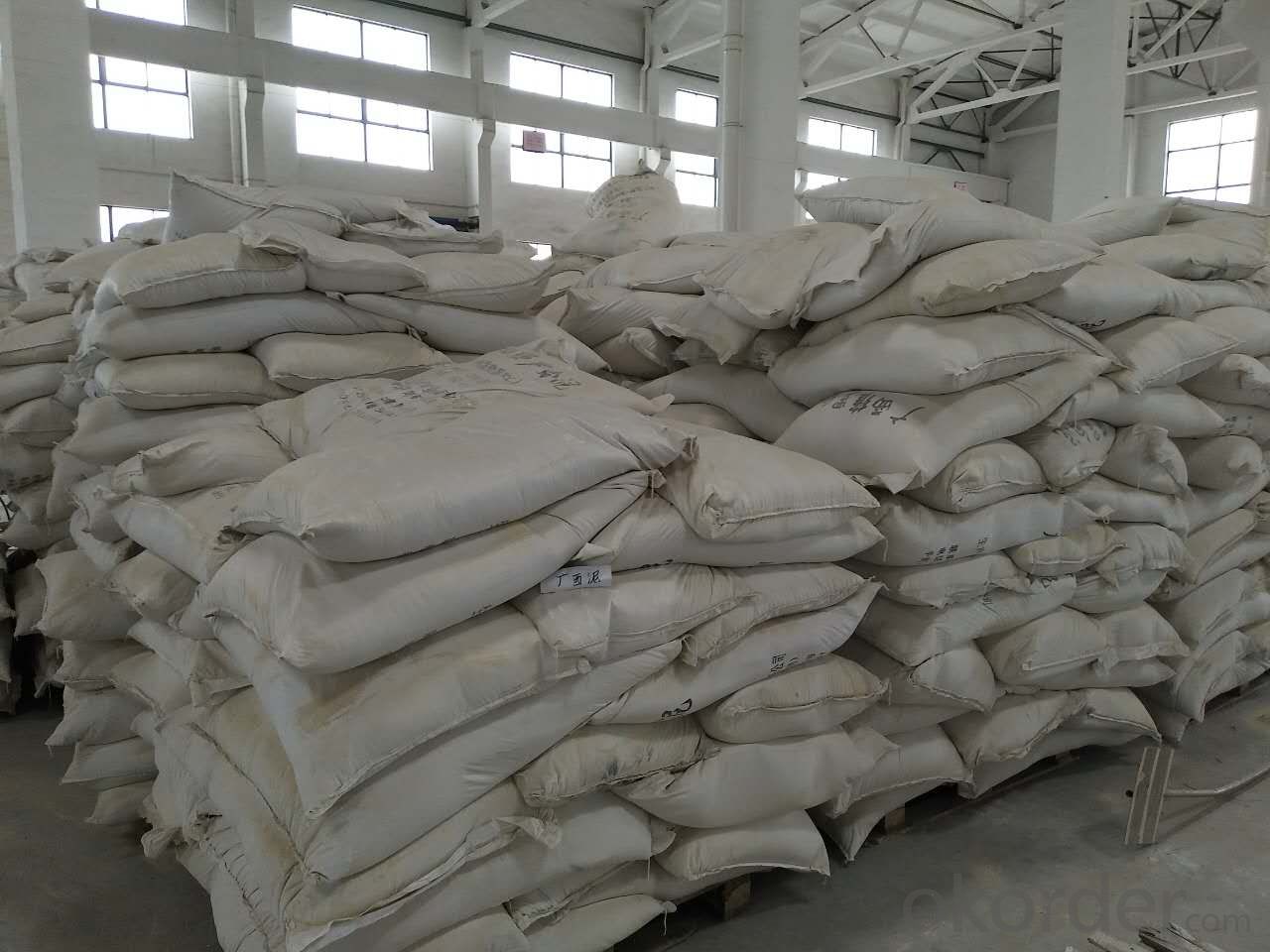
We also supply (Click on following picture if interested):
 | 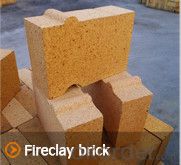 | 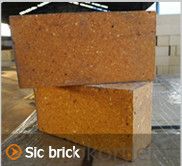 |
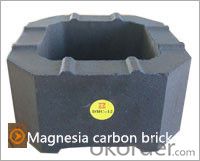 |  | 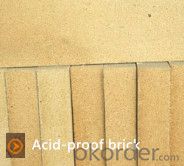 |
Our Process Quality Control:
Starting from the raw material into factory, Every production process of our product should through strict quality control, In addition to rigorous process control, our quality control team inspects the output of each process to ensure material quality and consistency. We do our best to supply the products with best quality to satisfy our customers.
FAQ
Why you need to choose us???
There is an old saying in China, newcomer is the guest.
Give us One minute, just one minute ,you can Eliminate your doubts and witness we maintain an Attitude of high seriousness and professional to solve your problems.
No.1: We are Manufacturer of refrcatory materials, so we can provide you Professional Solutions about your problems. Although our salesman cannot reply you immediately, pls leave your email or phone number, we can let our technician directly help you ASAP.
No. 2: Our Reputation built in the past years through: Russia, Iran, Vietnam and India, etc. You can always get Feedback from our customer in these countries before dealing with us.
No. 3: We have good Connection with Shipping Company, Agency, as well as the local custom and port authority. Making sure we Deliver on time.
No. 4: We have no gap in Communication, because we will help you in our Sincere Attitude.
No. 5: We can provide you the best price, and what you will get from us is our best effort in service and the hospitality that you are willing to become our Friend.
So choosing us is the right choice for you. Pls contact us no hesitation.
- Q:Can insulating fire bricks be used in tundish linings?
- Yes, insulating fire bricks can be used in tundish linings. Insulating fire bricks are designed to resist high temperatures and provide excellent insulation, making them suitable for use in tundish linings where heat containment is crucial.
- Q:What is the difference between insulating fire bricks and regular fire bricks?
- Insulating fire bricks and regular fire bricks have different thermal properties and applications. Insulating fire bricks are specifically designed for their excellent insulation capabilities, making them perfect for situations where heat retention is crucial. These bricks have low thermal conductivity, which allows them to minimize heat transfer and maintain the desired temperature in enclosed spaces. As a result, they are commonly used in industries such as iron and steel, ceramics, glass, and petrochemicals, where efficient containment of high temperatures is necessary. On the other hand, regular fire bricks, also known as refractory bricks, focus more on enduring extreme heat and maintaining structural integrity in high-temperature environments. They are typically made from dense materials like clay or silica, which provide excellent resistance to heat, chemicals, and mechanical stress. Regular fire bricks are widely utilized in fireplaces, wood-burning stoves, kilns, and other heating appliances, as their dense composition ensures durability and resistance to thermal shock. To summarize, insulating fire bricks prioritize heat insulation, while regular fire bricks prioritize heat resistance and structural stability. The choice between the two depends on the specific requirements of the application. Insulating fire bricks are ideal for industries that require heat retention, while regular fire bricks are suitable for high-temperature environments where durability and resilience are crucial.
- Q:Can insulating fire bricks be used in kilns or furnaces?
- Yes, insulating fire bricks can be used in kilns or furnaces. Insulating fire bricks are designed specifically to withstand high temperatures and thermal shock, making them ideal for use in kilns or furnaces. They have excellent insulating properties, which help to conserve heat and improve energy efficiency. Additionally, insulating fire bricks are lightweight and easy to install, making them a popular choice for lining the walls and floors of kilns or furnaces. Overall, insulating fire bricks are a reliable and effective solution for maintaining high temperatures and ensuring optimal performance in kilns or furnaces.
- Q:What are the improvements and improvements during the trial production of insulating bricks?
- Per square metre weighs only about 1.4 kilograms, reduce the burden of building.Simple production: completely break through the traditional process, greatly shorten the construction cycle.
- Q:Can insulating fire bricks be used in the construction of industrial boilers?
- Yes, insulating fire bricks can be used in the construction of industrial boilers. Insulating fire bricks are specially designed to have low thermal conductivity, which means they are excellent at retaining heat and are ideal for applications where high temperatures need to be maintained. In the case of industrial boilers, insulating fire bricks can be used as lining material in the combustion chamber and other areas of the boiler where insulation is required. The use of insulating fire bricks in industrial boilers offers several advantages. Firstly, their low thermal conductivity helps to reduce heat loss, improving the overall energy efficiency of the boiler. This can result in significant cost savings over time. Additionally, insulating fire bricks have a high resistance to thermal shock, meaning they can withstand rapid temperature changes without cracking or breaking. This is important in boiler applications where the temperature can fluctuate frequently. Furthermore, insulating fire bricks are lightweight and relatively easy to install, making them a convenient choice for construction projects. They can be easily shaped and cut to fit the specific requirements of the boiler, allowing for a precise and efficient installation process. Overall, the use of insulating fire bricks in the construction of industrial boilers is a suitable choice due to their excellent thermal insulation properties, resistance to thermal shock, and ease of installation.
- Q:Can insulating fire bricks be used in smelting furnaces?
- Yes, insulating fire bricks can be used in smelting furnaces. Insulating fire bricks are specifically designed to withstand high temperatures and provide excellent thermal insulation. They help in reducing heat loss and improving energy efficiency in the smelting process.
- Q:Can insulating fire bricks be used in the construction of aluminum smelting furnaces?
- Yes, insulating fire bricks can be used in the construction of aluminum smelting furnaces. Insulating fire bricks are made from lightweight materials such as refractory clay and have high insulating properties. This makes them ideal for use in high-temperature environments, such as aluminum smelting furnaces, where they can help to conserve heat and improve energy efficiency. Aluminum smelting furnaces typically operate at very high temperatures, often above 1000 degrees Celsius. In these extreme conditions, insulating fire bricks can provide effective thermal insulation, which helps to reduce heat loss and maintain the desired temperature inside the furnace. This insulation can also help to reduce the energy required to heat the furnace, leading to cost savings and increased efficiency. Additionally, insulating fire bricks have excellent resistance to thermal shock, meaning they can withstand rapid temperature changes without cracking or breaking. This is important in an aluminum smelting furnace, where the heating and cooling cycles can be frequent and rapid. Another advantage of using insulating fire bricks in aluminum smelting furnaces is their low thermal conductivity. This property allows them to retain heat within the furnace, preventing it from escaping to the surrounding environment. By reducing heat loss, insulating fire bricks can help to maintain a consistent temperature throughout the smelting process, ensuring optimal conditions for the melting and refining of aluminum. In summary, insulating fire bricks are a suitable choice for the construction of aluminum smelting furnaces due to their high insulating properties, resistance to thermal shock, and low thermal conductivity. Their use can help to improve energy efficiency, reduce heat loss, and maintain a stable temperature within the furnace.
- Q:Can activated carbon be antiseptic?
- Activated carbon is mainly with adsorption properties, there is no direct anti-corrosion effect.
- Q:Can insulating fire bricks be used in the construction of heat storage systems?
- Yes, insulating fire bricks can be used in the construction of heat storage systems. Insulating fire bricks are designed to have low thermal conductivity, which means they are capable of trapping and storing heat effectively. These bricks are made from materials such as fire clay, which have excellent insulation properties. By using insulating fire bricks, heat loss can be minimized, allowing for efficient heat storage and retention in heat storage systems. The bricks can be used to build the walls and lining of the heat storage system, ensuring that the stored heat is not dissipated to the surroundings. Additionally, insulating fire bricks are lightweight and easy to handle, making them a convenient choice for constructing heat storage systems. Overall, the use of insulating fire bricks in the construction of heat storage systems enhances their thermal efficiency and contributes to more effective heat management.
- Q:How do insulating fire bricks compare to other insulation materials like ceramic fiber?
- Insulating fire bricks, otherwise referred to as refractory bricks, are solid and dense bricks composed of various refractory materials such as clay, alumina, and silica. They possess exceptional thermal conductivity and resistance to high temperatures, making them highly durable. These bricks are frequently utilized in industrial furnaces, kilns, and fireplaces to provide insulation and retain heat. On the contrary, ceramic fiber is a lightweight and flexible insulation material made from a combination of alumina-silica and other refractory materials. It is obtainable in various forms like blankets, boards, and modules, allowing for easy cutting and shaping to serve insulation purposes. Ceramic fiber exhibits excellent thermal resistance, low thermal conductivity, and is commonly employed in applications where flexibility and ease of installation are of importance, such as boilers, ovens, and piping systems. Regarding thermal insulation properties, both insulating fire bricks and ceramic fiber possess high heat resistance and low thermal conductivity, enabling them to efficiently prevent heat transfer and retain heat. Nevertheless, insulating fire bricks possess higher density and solidity, rendering them more durable and better suited for heavy-duty applications where mechanical strength is necessary. Conversely, ceramic fiber is lighter in weight and more flexible, facilitating easier installation and exhibiting superior resistance to thermal shock. In terms of cost, insulating fire bricks tend to be pricier when compared to ceramic fiber, primarily due to disparities in manufacturing processes and raw materials used. Insulating fire bricks necessitate high-temperature firing and are made from higher-cost raw materials, while ceramic fiber is produced via a melt-spinning process, making it a more cost-effective option. Ultimately, the selection between insulating fire bricks and ceramic fiber is contingent upon the specific requirements of the application. Insulating fire bricks are ideal for heavy-duty and high-temperature applications that demand durability and mechanical strength, whereas ceramic fiber is better suited for applications that require flexibility, ease of installation, and resistance to thermal shock.
1. Manufacturer Overview |
|
|---|---|
| Location | |
| Year Established | |
| Annual Output Value | |
| Main Markets | |
| Company Certifications | |
2. Manufacturer Certificates |
|
|---|---|
| a) Certification Name | |
| Range | |
| Reference | |
| Validity Period | |
3. Manufacturer Capability |
|
|---|---|
| a)Trade Capacity | |
| Nearest Port | |
| Export Percentage | |
| No.of Employees in Trade Department | |
| Language Spoken: | |
| b)Factory Information | |
| Factory Size: | |
| No. of Production Lines | |
| Contract Manufacturing | |
| Product Price Range | |
Send your message to us
Fireclay Insulation Brick With Heavy Duty Fire-resistant
- Loading Port:
- Shanghai
- Payment Terms:
- TT OR LC
- Min Order Qty:
- 10 m.t.
- Supply Capability:
- 2000 m.t./month
- Option:
- 230×114×75 230×114×65 220×110×60 230×114×32
OKorder Service Pledge
OKorder Financial Service
Similar products
New products
Hot products
Related keywords
